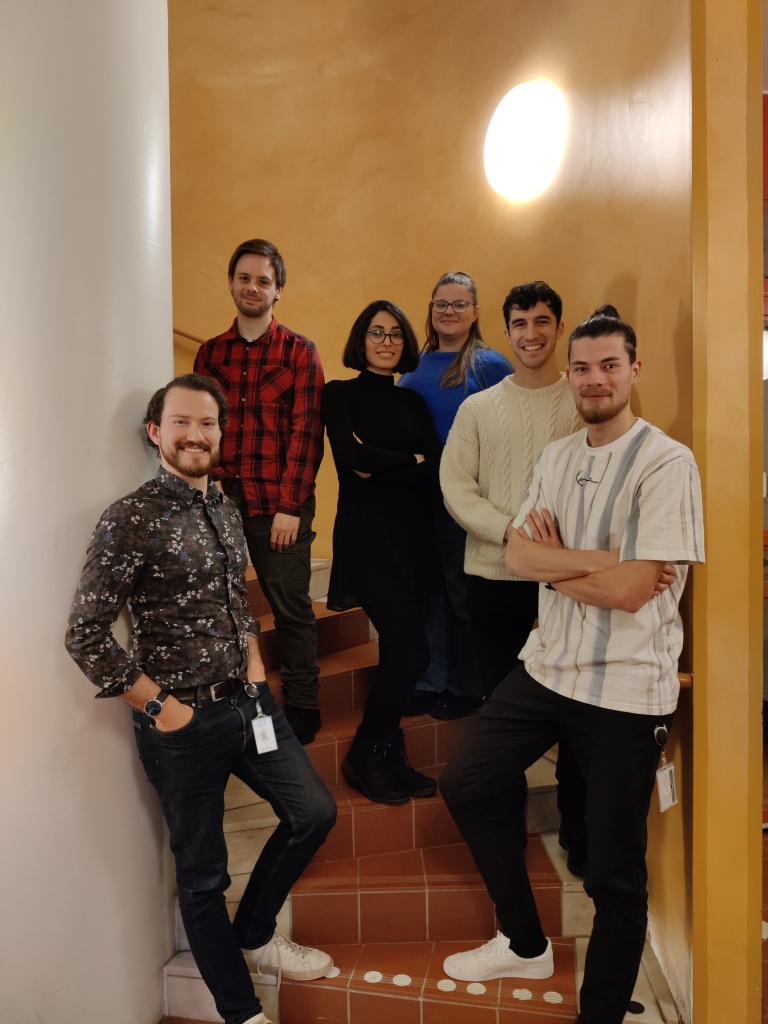
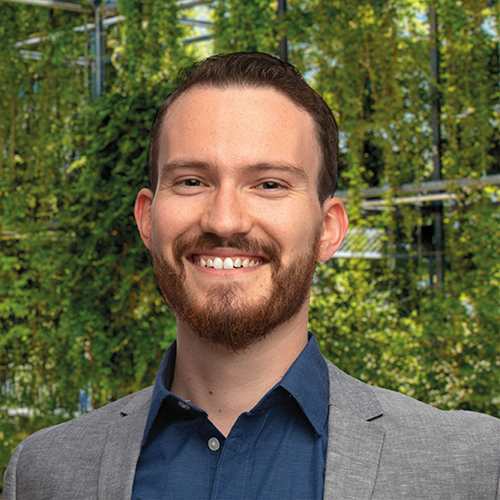
Dr. Daniel Bojar is the Associate Senior Lecturer for Bioinformatics at the Department for Chemistry and Molecular Biology & the Wallenberg Centre for Molecular and Translational Medicine of the University of Gothenburg. He also is the recipient of a Branco Weiss Fellowship – Society in Science and part of the Forbes 30 Under 30 Europe list.
Read about our research in the media:
Breast milk from rhinos and dolphins and whales, oh my!
Multiomics – A Multi-Layered Answer to Multi-Layered Questions
Revealing the world of carbohydrates – using AI
Researchers Read the Sugary ‘Language’ on Cell Surfaces
Learning the language of sugars
New AI model helps understand virus spread from animals to humans

Opportunities:
Wet-lab + computational MSc thesis projects
Contact daniel.bojar@gu.se
ChatGPT’s view on glycans:
Glycans, oh glycans, such fascinating things,
Complex sugars that make the heart sing,
From the structure to the bonds they bring,
Their presence makes the cells take wing.
In every tissue, they play a key role,
With proteins they form a beautiful dole,
A dance of sorts, that makes the heart whole,
And keeps the body functioning on a roll.
Some are long, some are short, but all are sweet,
Their diversity is quite a feat,
In sickness and health, they can’t be beat,
Their importance can’t be overstated, complete.
So here’s to glycans, our sweetest friend,
In biology, they’ll always trend,
For they are the building blocks that extend,
The very essence of life till the very end.
Machine Learning & Systems Glycobiology
Welcome to the Bojar lab at the Department of Chemistry and Molecular Biology & the Wallenberg Centre for Molecular and Translational Medicine of the University of Gothenburg, Sweden. Our research is at the forefront of glycobiology and machine learning. We have developed the first applications of deep learning to glycobiology: using a language model to predict functional properties from glycan sequences (Bojar et al., Cell Host Microbe 2020, Quanta Magazine), analyzing protein-glycan interactions via graph neural networks (Lundstrøm et al., Adv Sci 2021), or automating structure annotation of glycomics data via residual neural networks (Urban et al., bioRxiv, 2023). Our group is pioneering and applying further machine learning and bioinformatics methods to analyze sequence-to-function relationships in glycans and transform glycobiology into a true systems biology discipline. Our group combines both computational and experimental expertise in multiple model organisms. We value, and firmly believe in, interdisciplinarity within people, pure creativity, and a healthy dose of irreverence for existing dogma.

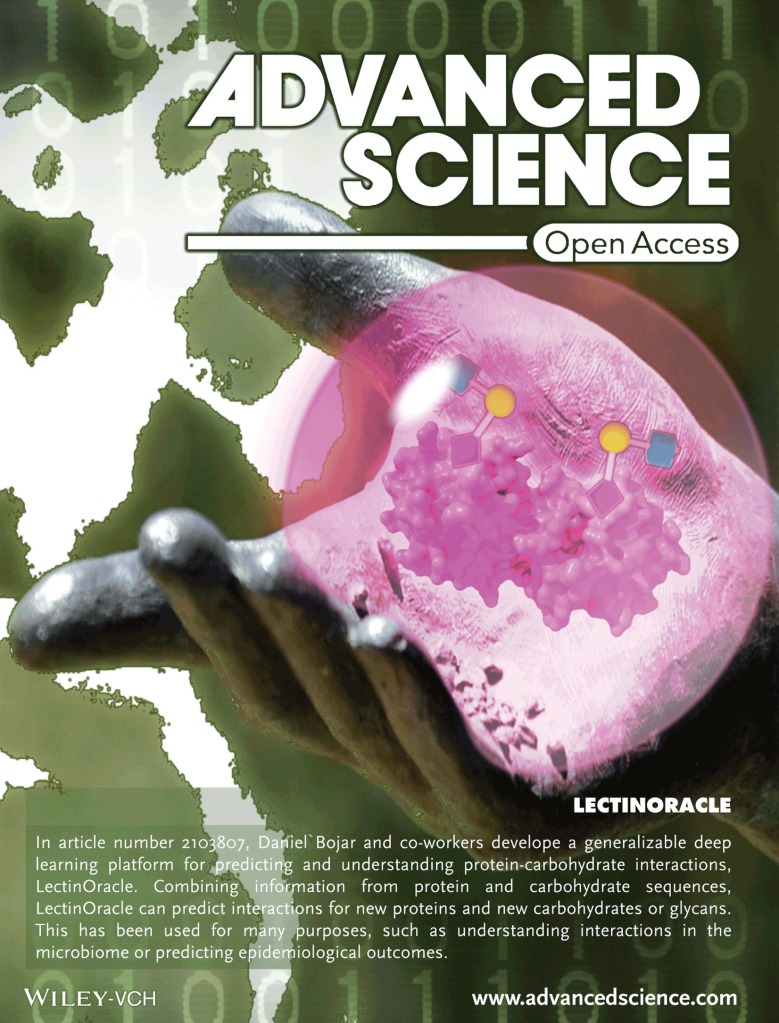
Team
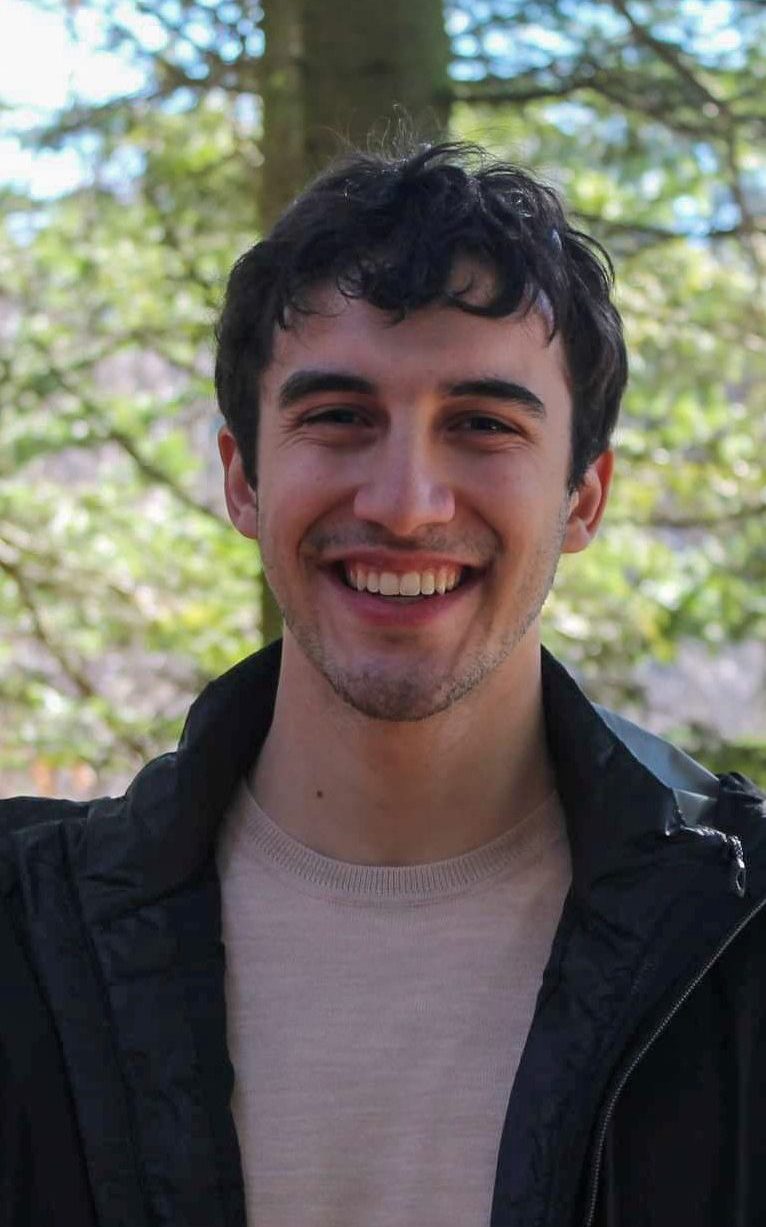
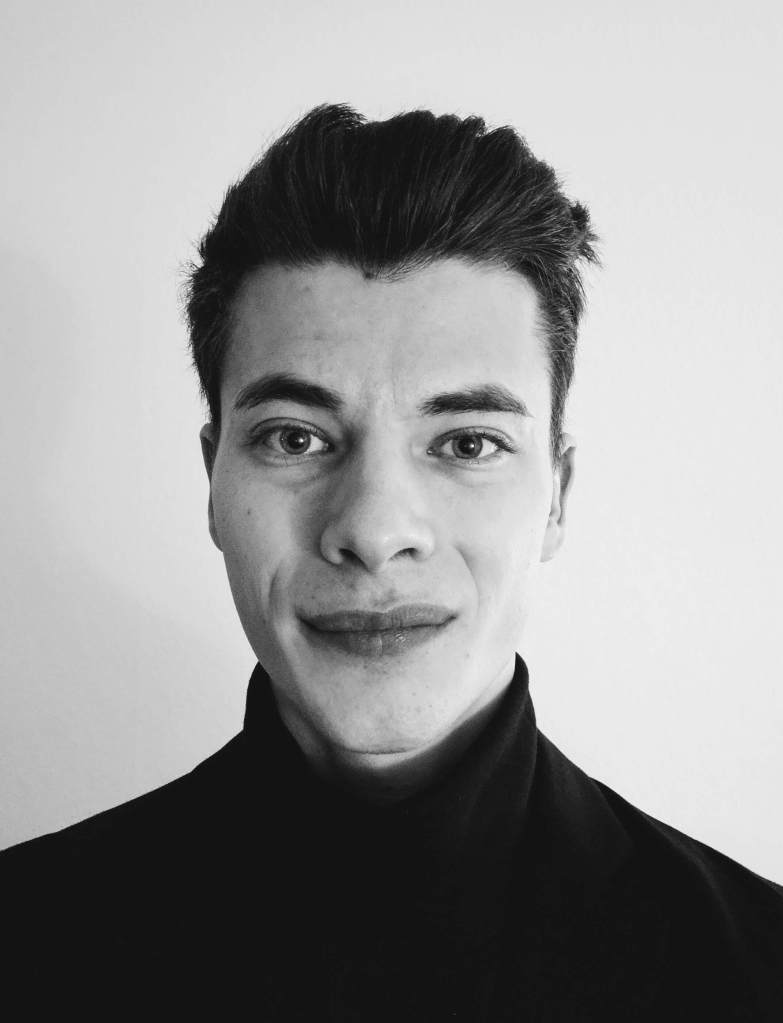
James completed his master’s degree in molecular bioengineering at Imperial College London. During which he spent much of his time tinkering with and learning about how generative models can be applied to biology. His master’s dissertation was focused on investigating whether the language of S. cerevisiae DNA could be modelled well enough to computationally generate viable promoters.
During his PhD, James will seek to further understand biological grammars adhered to by various molecules. He also hopes the nature of the relationships between these sequences in the genome, transcriptome, and glycome become more apparent.
In James’ free time he will be trying to speak to someone in their native language, going to the gym, and overusing the random article button on Wikipedia.
Jon earned his master’s degree in molecular biomedicine from the University of Copenhagen, Denmark, where he investigated immunosuppressive functions of regulatory T cells in multiple sclerosis and neuronal dysfunction in Parkinson’s disease. During his studies, he developed a special interest in high-throughput approaches and the integration of experimental and computational methods to elucidate molecular mechanisms of complex biological systems.
Jon is fascinated by the seemingly endless complexity of glycobiology and excited to contribute towards understanding the sequence-to-function relationships of glycans, as well as we do those of DNA, RNA, and protein, one experiment – or line of code – at a time.
When Jon is not working, you’ll find him obsessing over brewing the perfect cup of coffee or running ultra-long distances, preferably in steep & technical terrain.
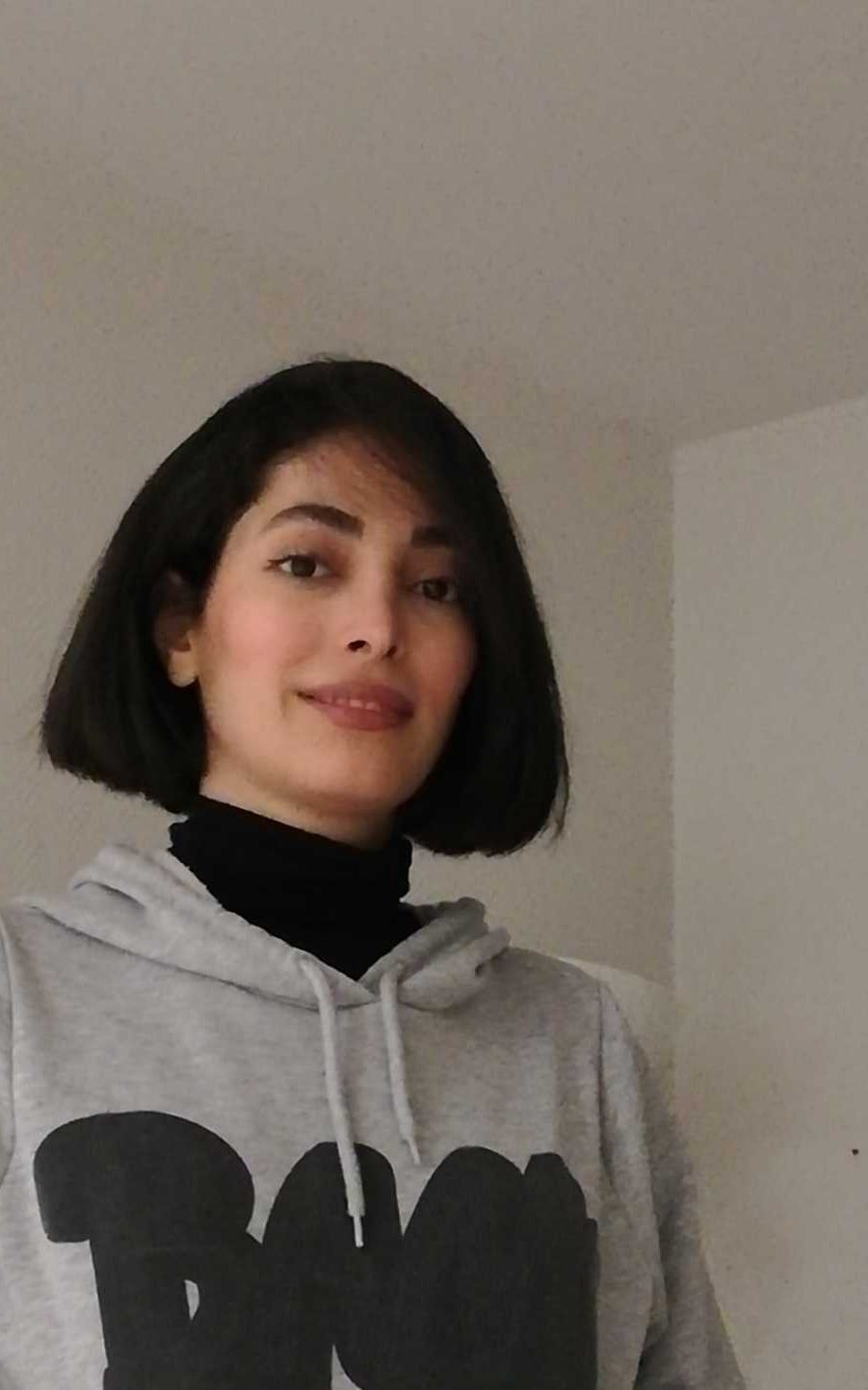
Hila was a research assistant in the group (until February 2024), working predominantly experimentally on assessing milk oligosaccharide function and analyzing mammalian cells via lectin-based flow cytometry.

Luc completed his postdoc in the group (until May 2023), working as a bioinformatician to develop machine learning methods and to apply them to the wide field of glycobiology. Among others, he was involved in glycowork, milk glycan biosynthetic networks, and the analysis of Fuc-containing glycans.
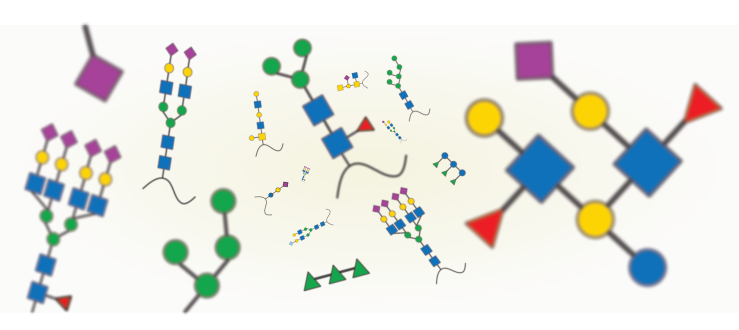

Viktoria has been a Master’s student in the group from September 2021 until June 2022.
Emma has completed her MSc thesis and a subsequent position as research assistant in the group (until October 2022).
Research
Our multidisciplinary team is committed to advancing our understanding of the complex world of glycans and their interactions with proteins. Through cutting-edge mass spectrometry analysis and machine learning algorithms, we automate glycan structural annotation, facilitate glycomics data analysis, and delve into applications spanning biodiversity, evolution, and disease. To democratize these advanced tools and methodologies, we have developed and maintain glycowork, the most feature-complete Python package to serve as a computational ecosystem for glycobiology (Thomès et al., Glycobiology, 2021).
Glycomics
Our lab is revolutionizing the field of glycomics through the use of advanced mass spectrometry techniques. We have developed a state-of-the-art, AI-driven platform that automates glycan structural annotation and data analysis (Urban et al., bioRxiv, 2023). By incorporating machine learning algorithms and data science methods, we offer rapid and accurate structural elucidation, as well as enrichment and differential expression analyses (Lundstrøm et al., Cell Rep Methods, 2023). We ourselves apply these methods in various important contexts:
- Biodiversity and Evolution: We have a special focus on the characterization of milk oligosaccharides across diverse mammalian species (Jin et al., Mol Cell Proteomics, 2023). Understanding these variations helps shed light on evolutionary relationships and functional conservation (Thomès et al., Cell Rep, 2023).
- Disease: Our techniques are paving the way for better understanding of the role of glycans in various diseases, opening avenues for potential diagnostics and treatments.
Protein-Glycan Binding
In addition to our work in glycomics, our research extends to the complex world of protein-glycan interactions. Here, we are focused on:
- AI-Driven Lectin Specificity: Using machine learning, we are demystifying the complexities surrounding lectin specificity (Bojar et al., ACS Chem Biol, 2022, Lundstrøm et al., Adv Sci, 2022), offering predictive models that accelerate research in this domain.
- Biomining and Characterizing New Lectins: We employ high-throughput screening and other advanced techniques to discover and characterize new lectins (Lundstrøm et al., Beilstein J Org Chem, 2024) with potential applications in biotechnology and medicine.
- Designing New Lectins: Our work doesn’t stop at discovery. We are also involved in the rational design of new lectins with tailored specificities, contributing to the development of next-generation diagnostics and therapies.
Selected Publications (Full List)
03/2024 Lundstrøm, J., Thomès, L., and Bojar, D. Protocol for constructing glycan biosynthetic networks using glycowork. STAR Protoc, accepted.
02/2024 Lundstrøm, J. and Bojar, D. The Evolving World of Milk Oligosaccharides: Biochemical Diversity Understood by Computational Advances. Carbohydr Res, 109069.
02/2024 Bennett, A.R. and Bojar, D. Syntactic Sugars: Crafting a Regular Expression Framework for Glycan Structures. bioRxiv, doi:10.1101/2024.02.01.578383
02/2024 Lundstrøm J., Gillon, E., Chazalet, V., Kerekes, N., Di Maio, A., Liu, Y., Feizi, T., Varrot, A., and Bojar, D. Elucidating the Glycan-Binding Specificity and Structure of Cucumis melo Agglutinin, a New R-Type Lectin. Beilstein J Org Chem, 20:306-320.
11/2023 Lundstrøm J., Urban, J., and Bojar, D. Decoding Glycomics: Differential Expression Reimagined. Cell Rep Methods, doi:10.1016/j.crmeth.2023.100652.
08/2023 Jin, C., Lundstrøm J., Korhonen, E., Luis, A.S., and Bojar, D. Breast Milk Oligosaccharides Contain Immunomodulatory Glucuronic Acid and LacdiNAc. Mol Cell Proteomics, doi:10.1016/j.mcpro.2023.100635.
07/2023 Lundstrøm J., Urban, J., Thomès, L., and Bojar, D. GlycoDraw: A Python Implementation for Generating High-Quality Glycan Figures, Glycobiology, doi:10.1093/glycob/cwad063.
06/2023 Urban J., Jin C., Thomsson, K.A., Karlsson N.G., Ives, C.M., Fadda, E., and Bojar, D. Predicting glycan structure from tandem mass spectrometry via deep learning. bioRxiv, doi:10.1101/2023.06.13.544793.
06/2023 Thomès, L., Karlsson, V., Lundstrøm J., and Bojar, D. Mammalian Milk Glycomes: Connecting the Dots between Evolutionary Conservation and Biosynthetic Pathways, Cell Rep, doi:10.1016/j.celrep.2023.112710.
03/2023 Joeres, R., Bojar, D., and Kalinina, O.V. GlyLES: Grammar-based Parsing of Glycans from IUPAC-condensed to SMILES, J Cheminformatics, doi:10.1186/s13321-023-00704-0.
09/2022 Qin, R., Mahal, L.K., and Bojar, D. Deep Learning Explains the Biology of Branched Glycans from Single-Cell Sequencing Data, iScience, doi:10.1016/j.isci.2022.105163.
08/2022 Bojar, D. and Lisacek, F. Glycoinformatics in the Artificial Intelligence Era, Chem Rev, doi:10.1021/acs.chemrev.2c00110.
02/2022 Lundstrøm, J. and Bojar, D. Structural insights into host–microbe glycointeractions. Curr Opin Struct Biol, doi:10.1016/j.sbi.2022.102337.
01/2022 Bojar, D., Meche, L., Meng, G., Eng, W., Smith, D.F., Cummings, R.D., Mahal, L.K. A Useful Guide to Lectin Binding: Machine-Learning Directed Annotation of 57 Unique Lectin Specificities. ACS Chem Biol, doi:10.1021/acschembio.1c00689.
12/2021 Lundstrøm, J., Korhonen, E., Lisacek, F., and Bojar, D. LectinOracle – A Generalizable Deep Learning Model for Lectin-Glycan Binding Prediction. Adv Sci, 2103807. (doi:10.1002/advs.202103807).
09/2021 Thomès, L. and Bojar, D. The role of fucose-containing glycan motifs across taxonomic kingdoms. Front Mol Biosci, 8:755577. (doi:10.3389/fmolb.2021.755577)
06/2021 Thomès, L., Burkholz, R., and Bojar, D. Glycowork: A Python package for glycan data science and machine learning. Glycobiology, cwab067. (doi:10.1093/glycob/cwab067)
06/2021 Burkholz, R., Quackenbush, J., and Bojar, D. Using Graph Convolutional Neural Networks to Learn a Representation for Glycans. Cell Rep, 35:109251.
10/2020 Bojar, D., Powers, R.K., Camacho, D.M., and Collins J.J. Deep-Learning Resources for Studying Glycan-Mediated Host-Microbe Interactions. Cell Host Microbe, 29(1):132-144.
Contact us!
We are always looking for highly motivated & open-minded innovators at every career stage! We are interested in both experimentalists as well as computational specialists (bonus points if you are comfortable with both and / or willing to learn). Just send your CV and a cover letter describing your research interests and skill set to daniel.bojar@gu.se. We are looking forward to your application!
